Distrust, an indie adventure/horror game by developer Cheerdealers, focuses on two survivors who must pit their skills and determination against a frozen arctic climate, horrifying supernatural creatures, and perhaps man’s greatest enemy: sleep deprivation.
In Distrust, the player must manage a pair of survivors as they explore a randomly-generated arctic base — picking up tools, avoiding monsters, and dealing with the harsh climate. To make matters worse, your survivors have to sleep; if they don’t, they’ll start suffering from madnesses that affect how each survivor perceives the world. But if the survivors do sleep, more monsters will show up to eat their faces!
GameSkinny recently had the chance to talk to Cheerdealers about their upcoming game, so we discussed to the developers through the wonderful Evgeny Kasputin, Head of Midcore Marketing (because, like Sam Rockwell in Iron Man 2, I don’t speak Russian).
GameSkinny: What was the draw to use John Carpenter’s The Thing as inspiration for Distrust, as opposed to other horror movies?
Cheerdealers: “We just adore The Thing and believe it’s the best horror movie ever made. [The] closed space of a hostile arctic base with a brilliantly depicted atmosphere of sustained uncertainty and fear that eventually leads to paranoia — that’s what we were greatly inspired by. In Distrust, we did our best to deliver a similar feeling of anxiety and pressure.
Our game is not a ‘scary-scary’ one. We do not aim to suddenly frighten people at all costs. Instead, we try to put the player under constant pressure created by both severe climate conditions and the uncertain threat of an unknown nature to keep the player under pressure for as long as possible. In this respect, we consider The Thing to be the main source of inspiration for both the setting and the atmosphere.”
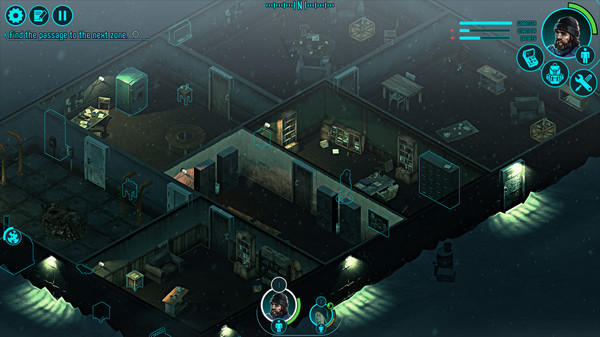
GS: Why use the top-down isometric view for the game? Why not a first-person horror game?
CD: On the one hand, there are lots of great [first-person horror and survival games] on Steam right now, and we wanted to make a difference. Our decision to stick to an isometric view was reinforced by the desire to give the player control over a group of survivors, rather than over a single character.
In addition, we wanted the player to be able to control the location of each character and track the anomalies that move across the base. The top-down isometric view helped us achieve those goals without making things too complicated, and now the gameplay experience in Distrust is very different from any other existing survival game.
On the other hand, we had limited time and resources. We could keep developing this game for ages or enter another endless game mode (“Early Access”), however, that just seemed to be completely wrong. The use of the isometric view was a sound decision, so we needed to make the best of it in terms of the development process. Specifically, this view streamlined content production and let us lower the granularity where necessary, without affecting the overall quality of the game and without any feature-cutting.
GS: How do you balance the different mechanics, like having to sleep and the eventual hallucinations, without making the game undergo a difficulty spike?
CD: Balancing the game was a real challenge for our game-designers, but trying to find a balance between [sleeping] and [staying awake] was not the most difficult part. We just fixed the metric [so] that any decision a player takes could work out fine. A player decides by themselves to either take a risk and probably get another madness or rest and attract monsters, but they still can survive, if they act quickly and efficiently. Moreover, some madnesses may be really useful.
The most difficult part was to plan and develop the random generation of the objects within the base. This is the part of the game that required a thorough balancing. We have a huge set of rules that help us keep a player under pressure, but there are no lose-lose situations. Extremely difficult parts of the game that you may [barely] clear give way to easier periods when you can catch [your] breath and restore the characters’ metrics.
Based on the feedback that we are receiving after launching the free demo version, we have managed to find the balance between the difficulty and interesting gameplay.
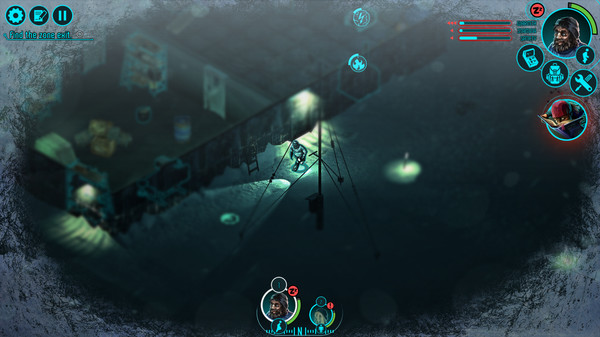
GS: Survivors in Distrust have different traits and abilities. What’s your favorite combination of survivors and why?
CD: We won’t dwell upon the tragedy of choosing your survivors — finding the best combination of characters is an essential part of the game and we will not go into spoilers.
But it is worth mentioning that there are many effective combinations — and every member of our team has their own favorite one. Some prefer Martin Brown, because of his ability to batter down a door; some choose James Brown because of his frost-resistant skills. Our producer’s favorite — and probably the most hardcore — pair of survivors are the old [Doctor] Katashi Hayashi and the loner Ronald Witkes. Apart from all the trouble that you will eventually face, you also must constantly remember to maintain Ronald’s isolation and bear in mind that Doctor Katashi is very slow.
GS: What limitations — in the game engine, the way the game was designed, etc. — did the team encounter in making Distrust? How did that change the game?
CD: Originally, Distrust was planned to be a 2D game. But then, as we were digging into the development, we faced lots of limitations on animation, random generation and — this was extremely discouraging — on dynamic light. Just imagine what a miserable game it would be to wander about a base without a flashlight! Therefore, we decided to shift to 3D, even though it was a new experience for us. Fortunately, the transition went smoothly, and the development became even easier.
In addition, [in] the very early stages of development, we intended to introduce a complicated crafting system, [including] searching for different components and turning them into some device or a tool. What we saw was that a player became too busy with [repeatedly searching] and other monotonous actions, while the overall atmosphere of suspense leveled out. So, we totally extracted crafting and the only option left was to repair a tool, and that brought the atmosphere back to the game.
And, of course, we [spent] a hell of [a lot of] time working on random generation. It was easy to generate levels, but to have a whole base with a number of buildings and countless numbers of different objects generated properly — that was a hard nut to crack!
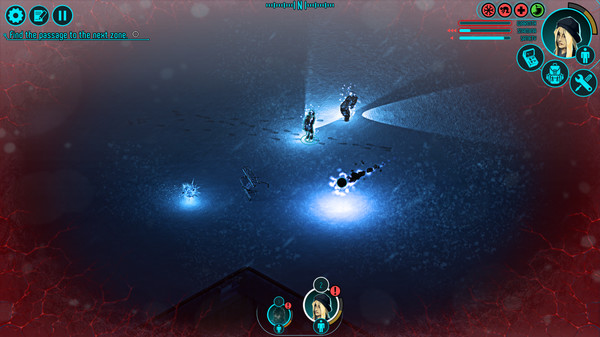
GS: Last question: What’s the single coolest aspect of Distrust?
CD: Teetering on the edge of suffering from madnesses that occur when your characters stay awake [for too long], and being threatened by the monsters which come when your characters sleep. Whoever you pick as your survivors, we will make you desperately seek balance between an exhausted wake and a deadly rest. But whatever your decision is, there always be something interesting. And we believe that keeping a player interested is the most important thing!
GameSkinny would like to thank Cheerdealers for agreeing to this interview, and Evgeny Kasputin for being our liaison. Distrust releases on Steam August 23, but you can get a sneak peek at the full game by downloading the free demo that’s available now.
For more information about Distrust, visit the game’s Steam page or the Distrust website.




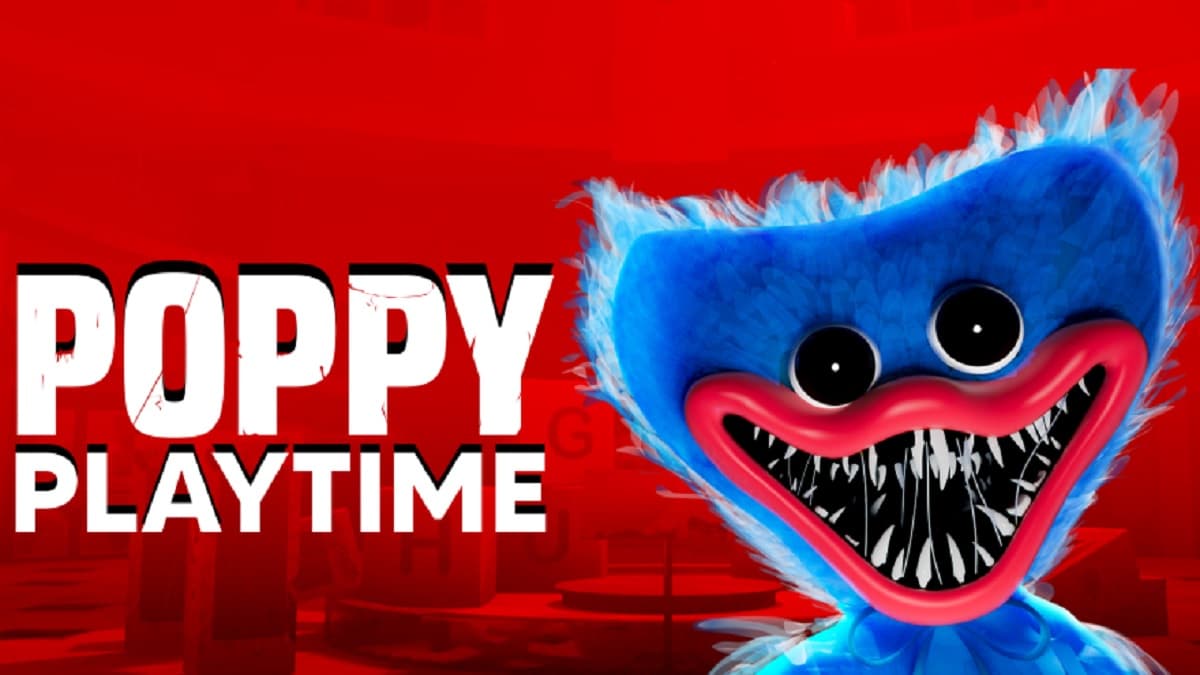
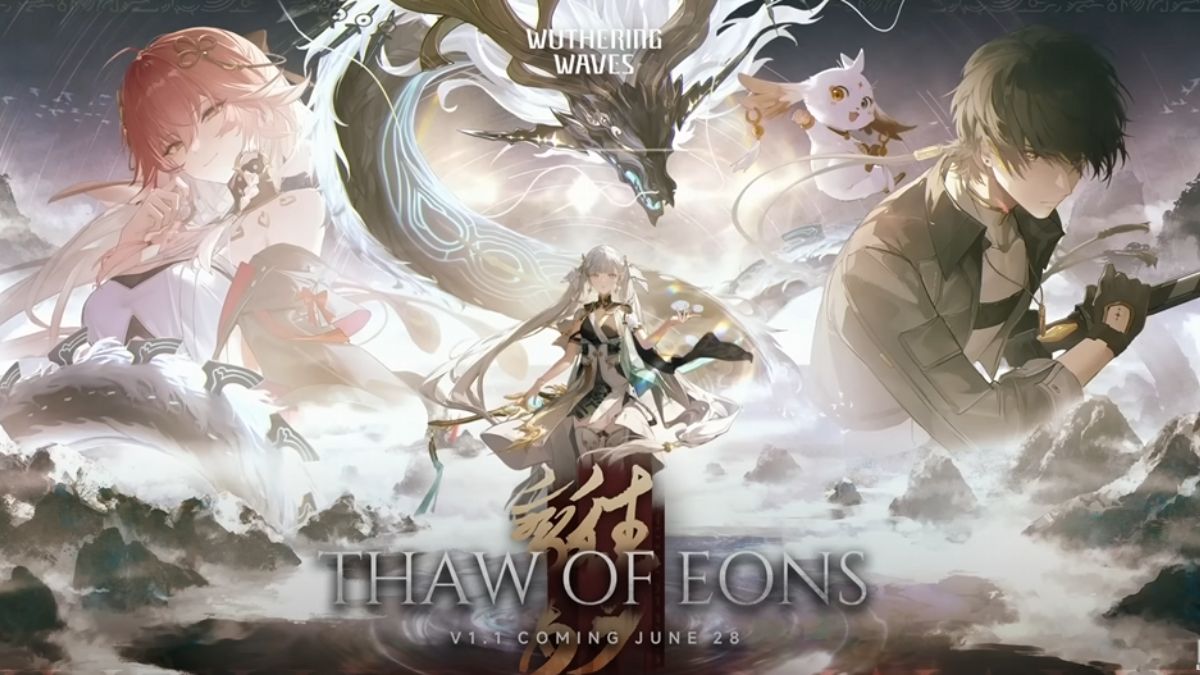
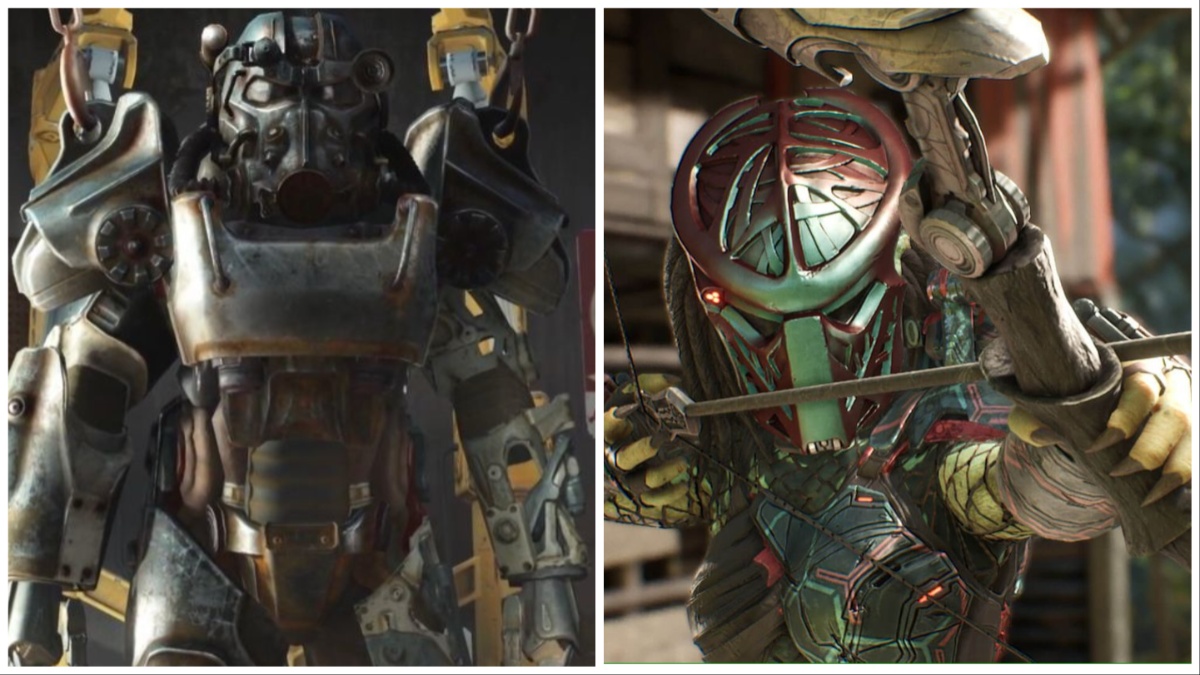

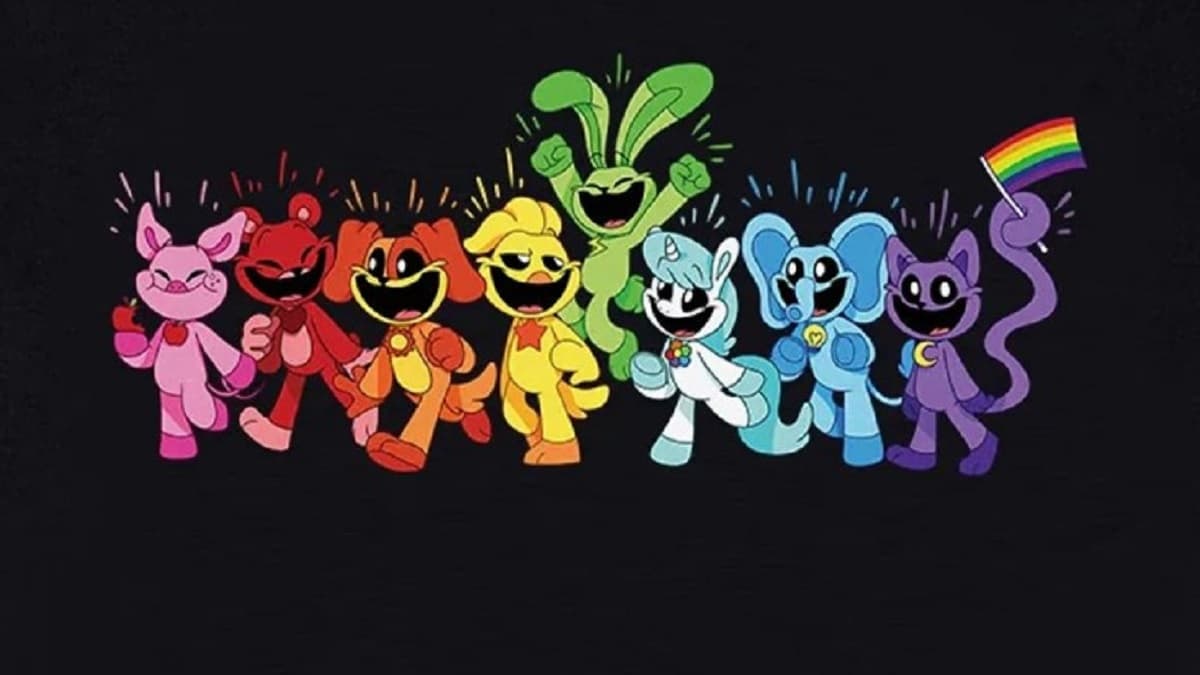
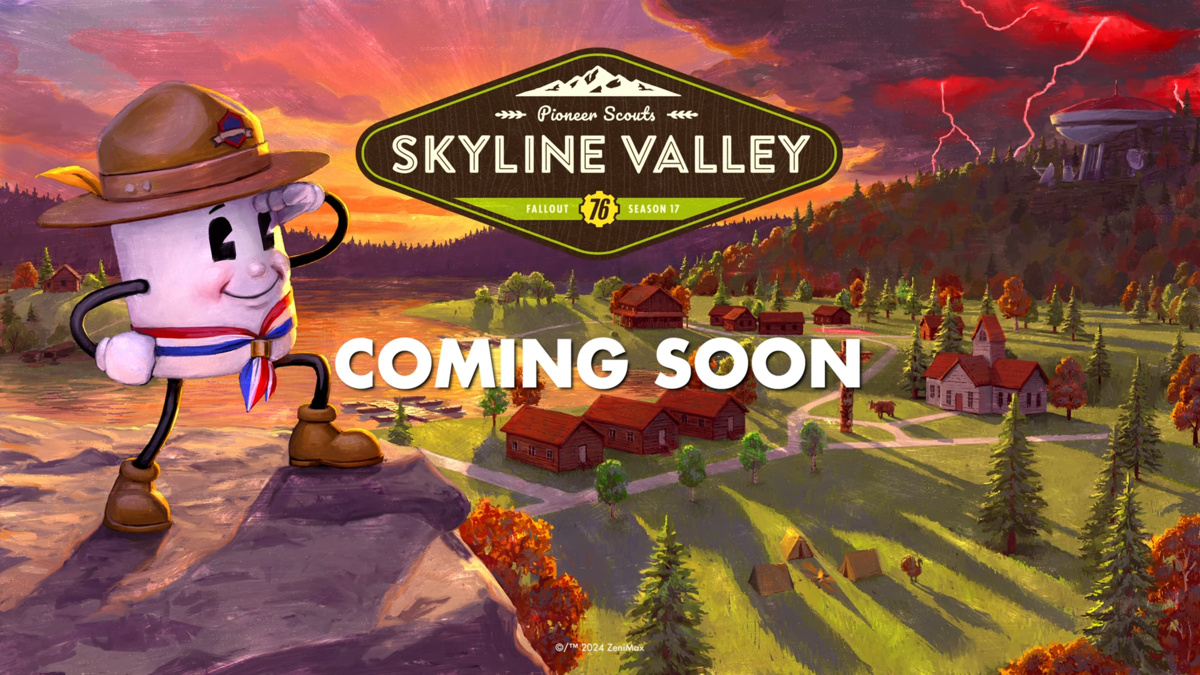
Published: Aug 17, 2017 12:36 pm